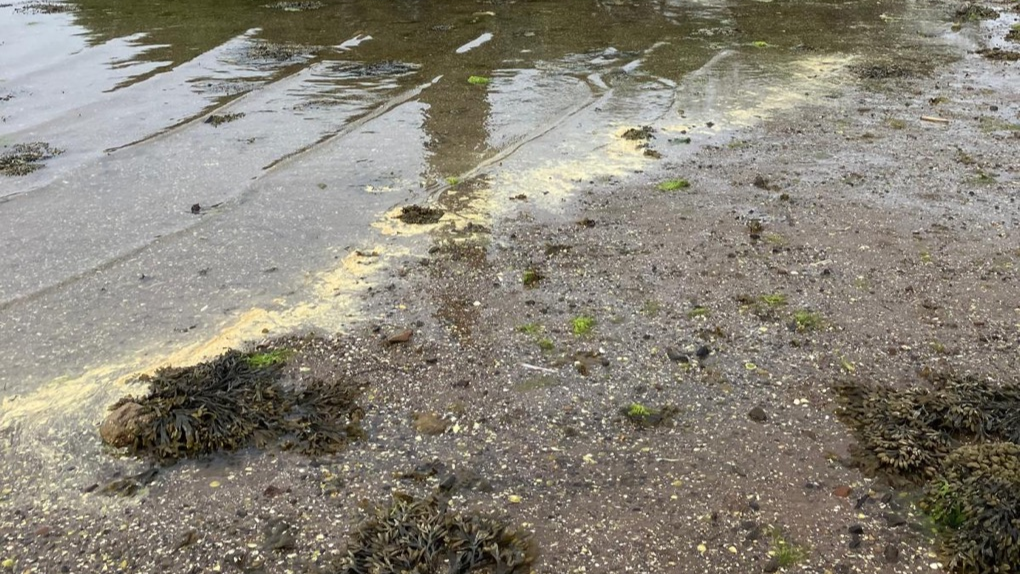The mystery of a paint-like substance spotted by members of the public on coastlines around Scotland has been solved by scientists from the Scottish Environment Protection Agency (SEPA).
Staff from SEPA’s National Monitoring Team came to the rescue and collected samples of the substance on the West coast from a stretch between the Isle of Arran, Fairlie and Largs.
The samples were taken to the agency’s Marine Ecology Team based at Eurocentral near Motherwell. They processed the samples and identified the strange substance as conifer pollen deposits.
Reports of the pollen deposits have been reported across Scotland with enquiries coming in from Glasgow, the Hebrides, the Highlands, and Fife and Angus.
While pollen is produced every year, a spell of warm weather can release a large amount at the one time. These deposits are harmless to the environment and naturally occurring due to many trees of the same species, in this case conifers and spruce, growing together close to the sea. When they all produce pollen at the same time, it collects on the shorelines.
During the summer months, there may be other natural occurring events, including the presence of algal plankton blooms which can discolour water or form shoreline slicks or scums.
Myles O’Reilly, Senior Marine Ecologist from the Scottish Environment Protection Agency, said:
“At this time of year, the public can expect to see yellowish slicks of pollen deposits collecting on shorelines around Scotland. In Spring around April and May, conifer trees, such as spruce or pine, produce copious quantities of pollen. Conifer pollen grains have little buoyancy sacs to help them disperse in the wind, and these sacs also mean they float well on water.
“The pollen deposits can form a mat or slick on the sea, collect around the seashore and look like a paint-like substance covering rocks and beaches. It can also coat parked vehicles and stationary objects which may look like a yellow dust.”



